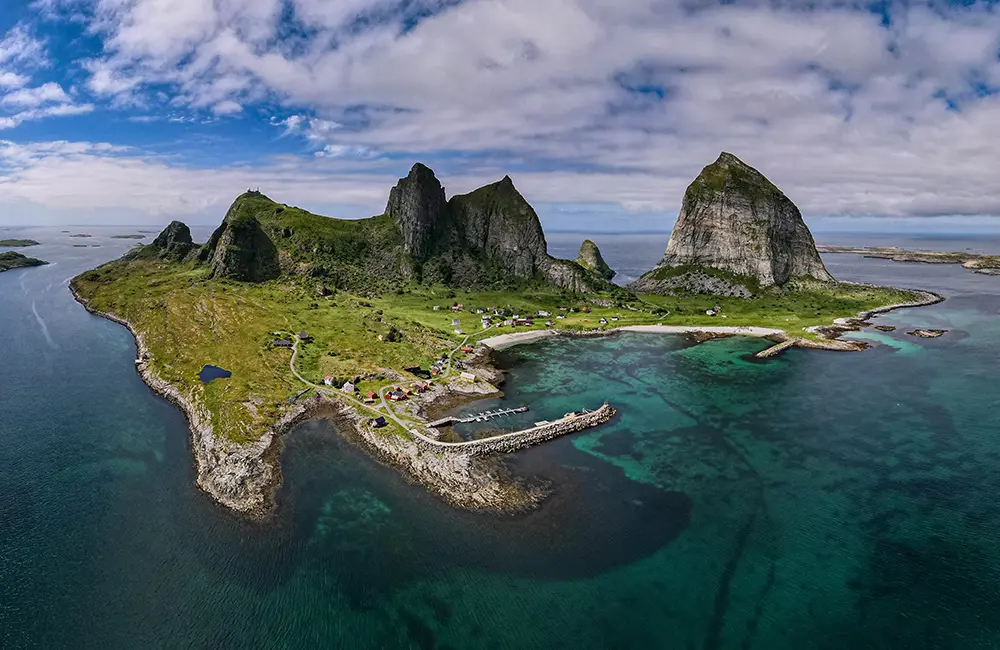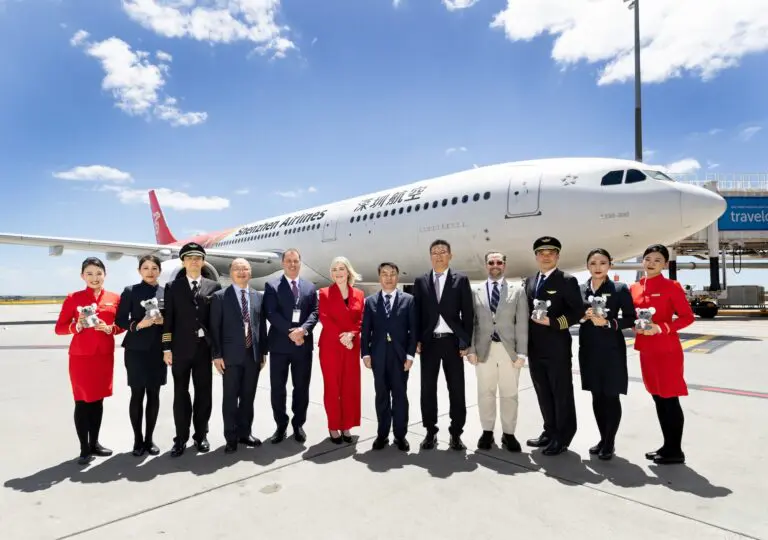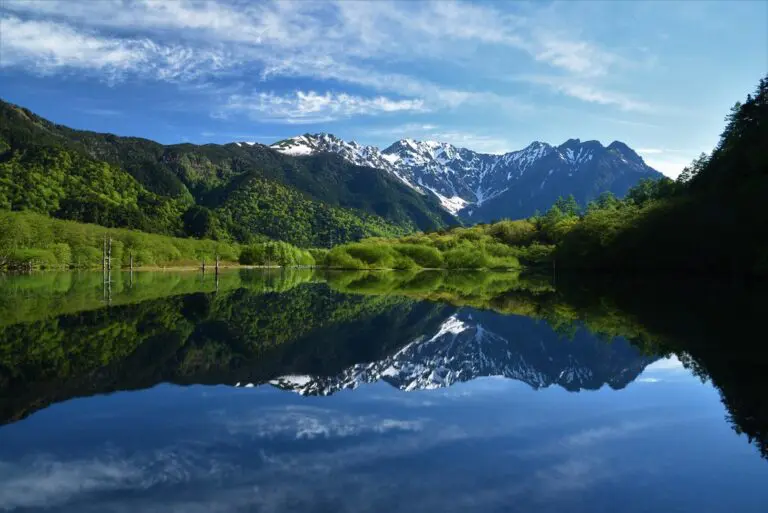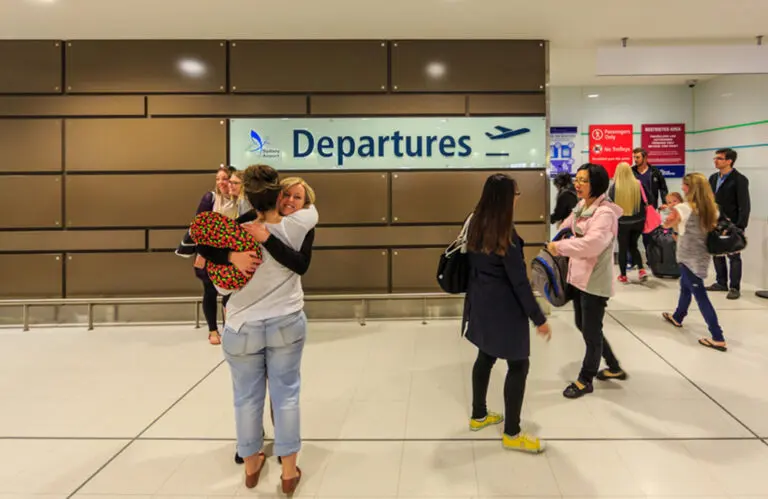As Europe once again navigates peak tourist season, Hurtigruten is turning the tide with its slower, locally led Signature Line voyages through Norway’s remote coastal villages.
In an antidote to overtourism, Hurtigruten is collaborating with residents of Træna, Bessaker, and Sæbø to create exclusive, community-led experiences available only to guests aboard its smaller Signature Line ships.
These curated activities, ranging from church concerts and cultural museums to local cuisine and self-guided tours, are part of the company’s new ‘Open Village’ concept, designed to immerse travellers in local life while directly supporting the low numbers of people who live there.
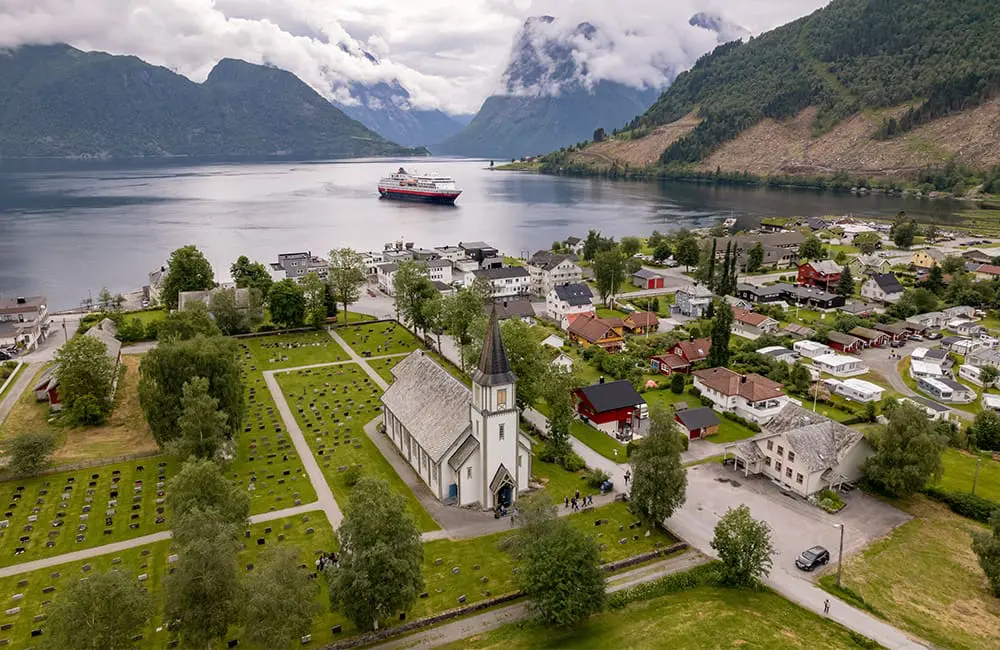
Træna, Bessaker, and Sæbø are all located along Norway’s long, rugged coastline. Far from the bustle of typical tourist routes, they are rich in culture, nature, and local pride.
Crucially, there’s no charge for guests to participate. Instead, Hurtigruten contributes 250 NOK (about AUD $38/NZD $41) per passenger to each host village on every visit. With ships carrying up to 500 guests, this translates to a significant and ongoing investment in rural communities that rarely see tourism dollars.
What makes these village visits different from typical cruise stops?
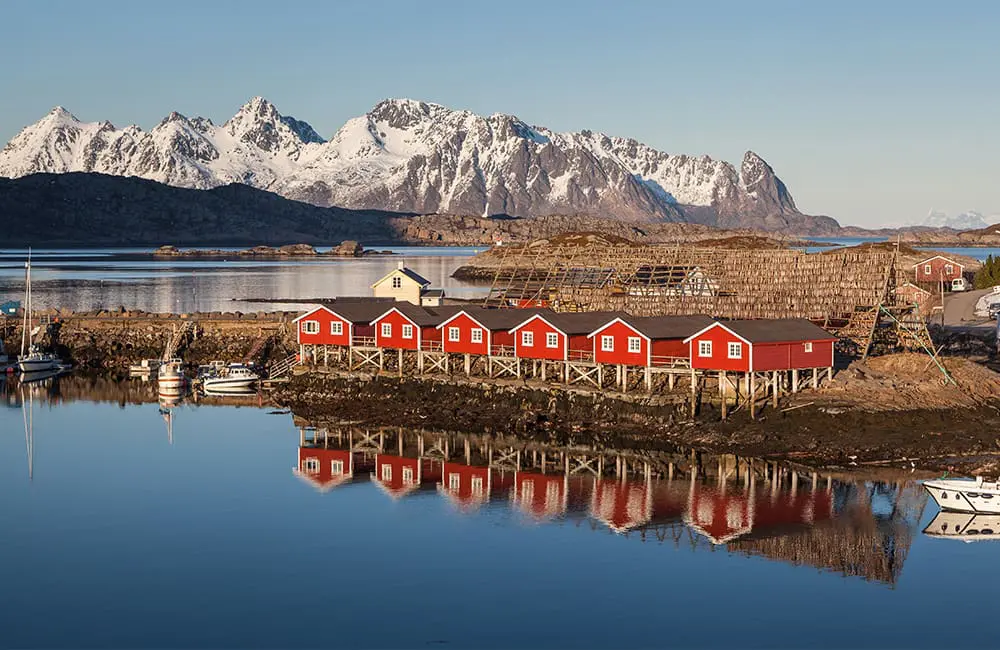
Unlike large ships that overwhelm small ports, Hurtigruten’s vessels—MS Finnmarken, MS Trollfjord and, from 2026, MS Midnatsol—are the only cruise ships visiting these locations during summer. The intent is not just to “see” a place, but to meaningfully connect with it.
In Træna, one of Norway’s oldest fishing villages, passengers follow a flexible itinerary using a self-guided booklet to explore heritage sites like the Petter Dass Chapel and the Træna Local Museum. Over in Sæbø, guests are treated to a live church concert and a tour of the Avalanche Centre. Meanwhile, Bessaker rolls out a true community welcome, including a village parade, traditional woodcarving, and homemade cake, coffee and sodd (a meat-based soup).
According to Hurtigruten’s Head of Product Development Odd Tore Skildheim, the goal is simple: “for guests to feel truly welcomed and for locals to feel genuinely supported.”
“These villages, with a combined population of fewer than 1,000, are not just points on a map,” he says.
What kind of impact is this having on local communities?
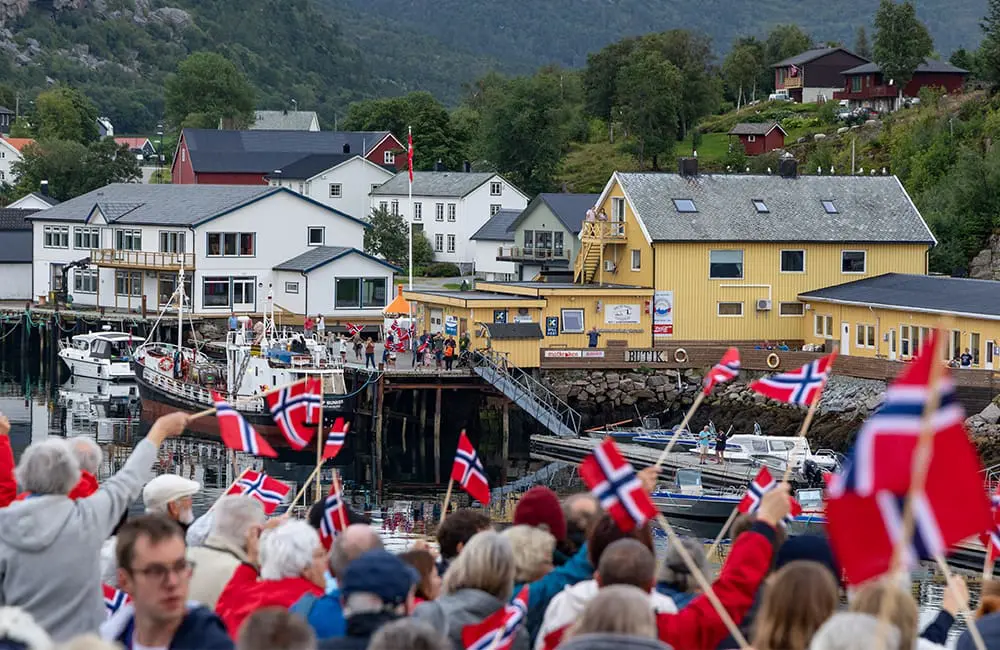
Bessaker’s population of just 170 sees direct benefits for 12 local businesses, including artists, activity operators and food producers. The scheme has underpinned the survival of newer ventures like FABrikken restaurant and the award-winning Stokkøy Bakeri.
“For us in Bessaker, the Open Village contribution is about more than income—it is the foundation for growth and optimism in our community,” said Knut Johan Monkan from Coastal Host Bessaker.
This is particularly meaningful in a country where many rural communities face depopulation and limited economic opportunity. By ensuring money stays in the villages and locals have a say in how tourism is delivered, Hurtigruten is modelling a more regenerative cruise experience.
How does this align with wider sustainable tourism goals?
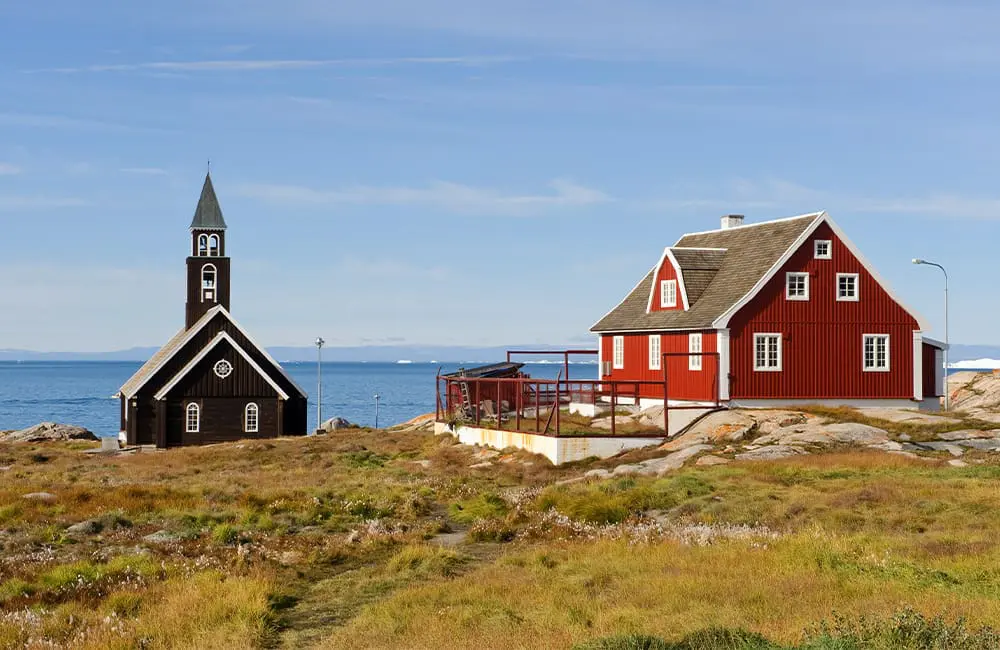
Hurtigruten’s initiative arrives at a time when many European hotspots are again struggling with overtourism’s environmental and cultural toll. By limiting numbers, slowing down itineraries, and redirecting economic value to under-visited regions, the ‘Open Village’ model offers a fresh take on how cruise travel can contribute rather than extract.
Naturally, this isn’t Hurtigruten’s first move into sustainable cruising. As the world’s oldest cruise line—established in 1893, the company has long stood apart for its environmental commitments.
From operating hybrid-powered vessels and phasing out heavy fuel oil to offering science-focused expedition voyages, Hurtigruten has consistently positioned itself as an industry leader in lower-impact cruising.
What sets the ‘Open Village’ initiative apart is its deep local integration and transparent financial model that ensures host communities receive tangible, lasting benefits.
For travel advisors, tour operators, and cruise planners, this represents a shift in what clients increasingly want: experiences that are not only memorable but meaningful and that leave destinations better off for having hosted them.
For more on the Open Village concept, head to: www.hurtigruten.com
Karryon Unpacks: Hurtigruten’s ‘Open Village’ concept shows how cruise tourism can be redesigned to work for both visitors and host communities. By collaborating directly with locals and offering financial contributions per guest, the model builds regenerative outcomes into the itinerary. For the travel trade, it’s a powerful case study in how slow, small-scale cruising can provide authentic experiences while mitigating the impacts of overtourism. This could signal a broader shift in what responsible cruise travel looks like, and how operators can be part of that change.

